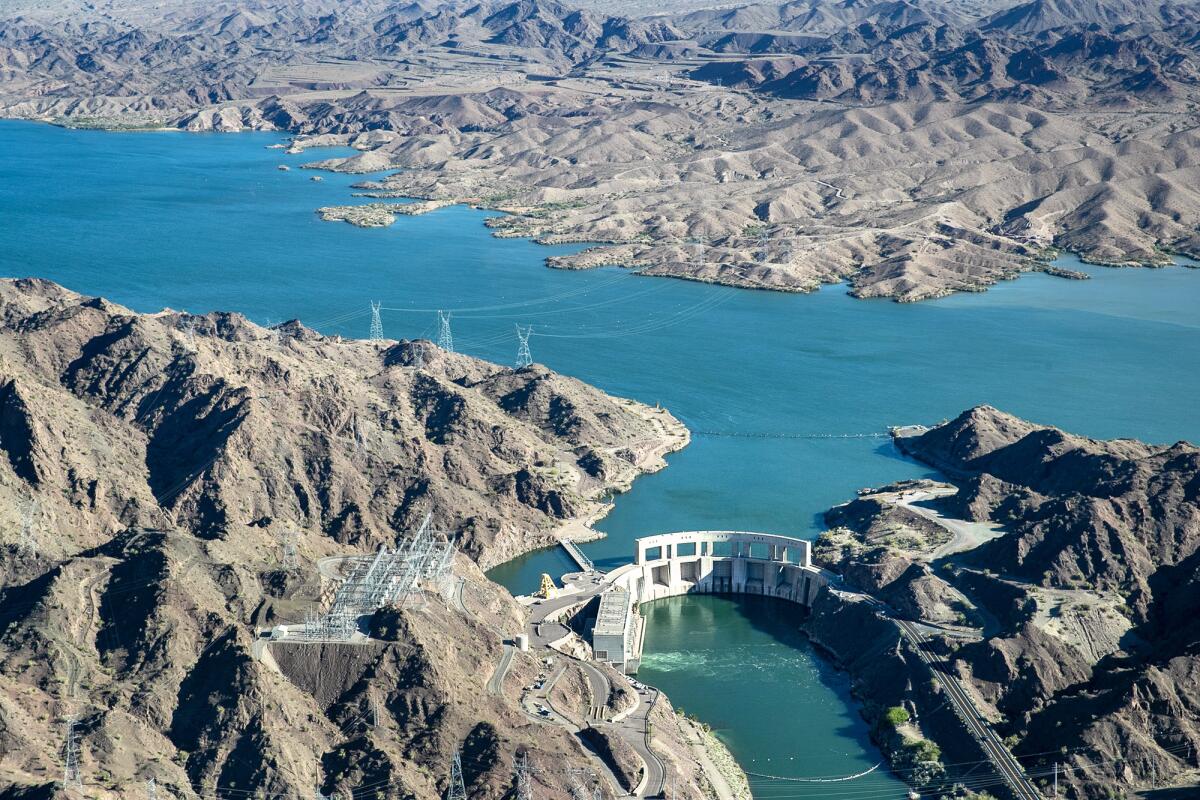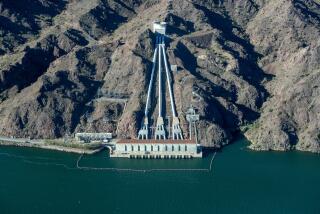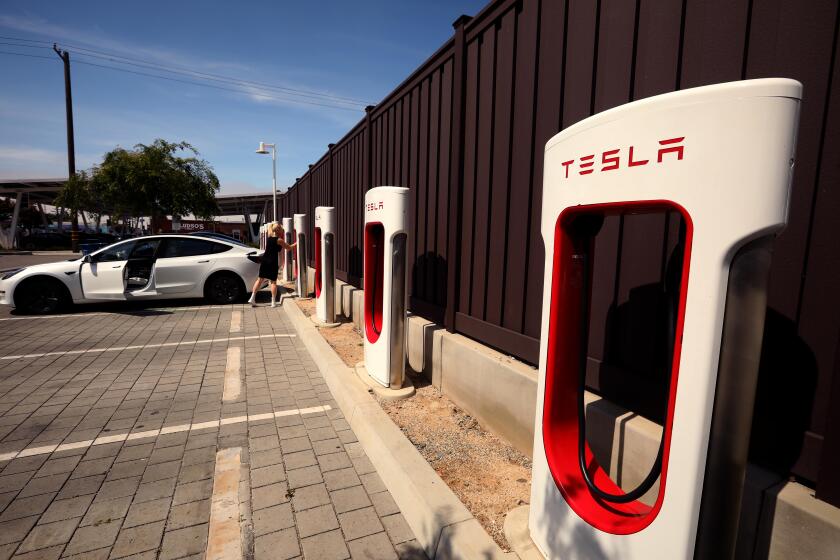Is landmark deal over the Colorado River enough to stave off disaster?

The groundbreaking deal announced Monday to cut water use from the Colorado River comes after months of negotiations.
But is it enough to deal with the drought crisis on the Colorado?
Here is what we know:
What is the reduction?
The seven states that use Colorado River water would reduce water use by 3 million acre-feet between now and the end of 2026 — an average of 1 million acre-feet per year, cutting usage by about 14% across the Southwest.
Is that enough?
The proposed cuts under the agreement amount to about half of the reductions federal officials initially called for.
The Bureau of Reclamation last month laid out two options for preventing the Colorado River’s depleted reservoirs from reaching dangerously low levels, saying the water cuts could be imposed by following the water-rights priority system or by using an across-the-board percentage. Under those alternatives, federal officials said the cuts would reach about 2 million acre-feet each year — a much larger reduction from the total 7.5 million acre-feet apportionment for California, Nevada and Arizona.
The river’s reservoirs have declined dramatically during 23 years of drought supercharged by climate change. But the river has received a desperately needed boost this year from storms that left the Rocky Mountains blanketed with heavy snow. Federal officials have estimated that runoff into the river’s reservoirs this year will be 149% of average.
With reservoirs now projected to rise substantially this year, the seven states — California, Arizona, Nevada, Utah, Colorado, New Mexico and Wyoming — have come forward with a proposal for smaller reductions that water managers think will be sufficient to prevent reservoirs from reaching critically low levels for now, even if dry conditions return during the next three years.
Water managers who negotiated the proposed agreement say a large portion of the cuts would happen over the coming year, reducing water use by 1.5 million acre-feet by the end of 2024.
What do experts say?
The plan to cut water usage by an average of 1 million acre-feet each year for three years represents a 14% reduction in consumptive water use in the three Lower Basin states of California, Arizona and Nevada, said Jack Schmidt, a professor and director of the Utah State University’s Center for Colorado River Studies.
“It’s a great start,” Schmidt said. “This is one step.”
Schmidt has estimated that based on the decline in the river’s flow this century, the Colorado River Basin will need 4 million acre-feet in reductions annually to address the water deficit and allow for reservoirs to recover.
“It’s about 25% of where we ultimately need to get,” Schmidt said.
How will the water savings happen?
Federal officials said much of the reductions will come by paying agricultural landowners, irrigation districts and other water users to conserve water, using $1.2 billion from the Inflation Reduction Act. Conserved water will remain in Lake Mead, the nation’s largest reservoir near Las Vegas, which is now at 30% of capacity.
California, as the state that uses the largest share of the Colorado River, will shoulder a large share of the reductions — up to 1.6 million acre-feet through 2026. An acre foot is enough water to supply up to three households for a year.
How will the compensation happen?
Many of the details of how federal money will be used to compensate water users have yet to be finalized.
So far, federal officials have announced that $233 million will go to Arizona’s Gila River Indian Community, much of it to compensate the tribal nation for leaving water in Lake Mead.
What’s next?
The Biden administration said it will analyze the proposal from the states before making a final decision.







